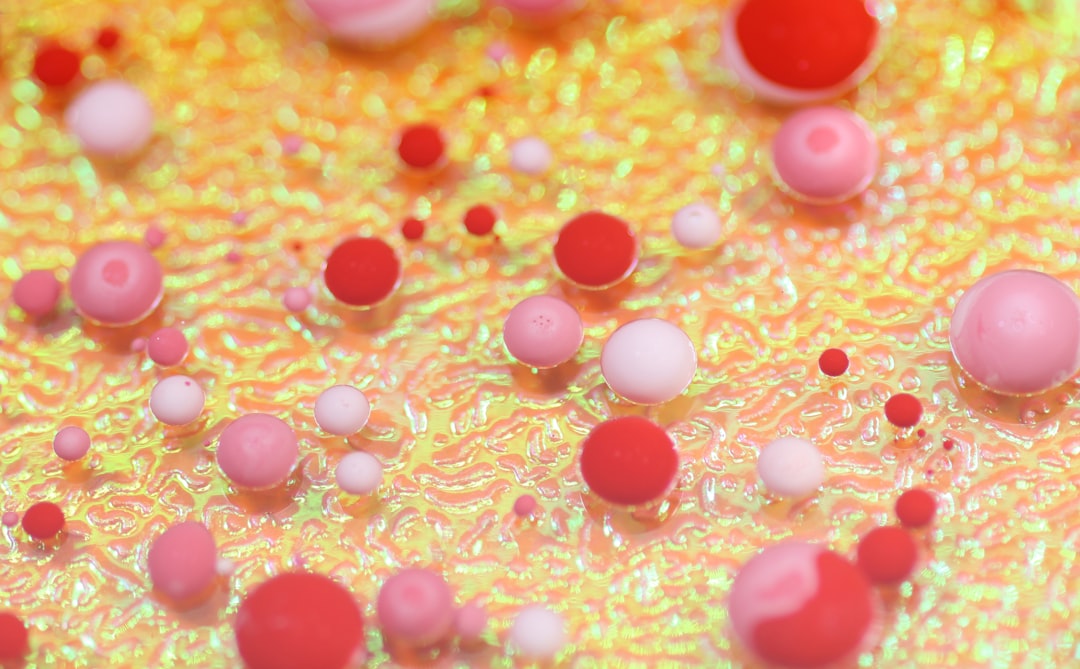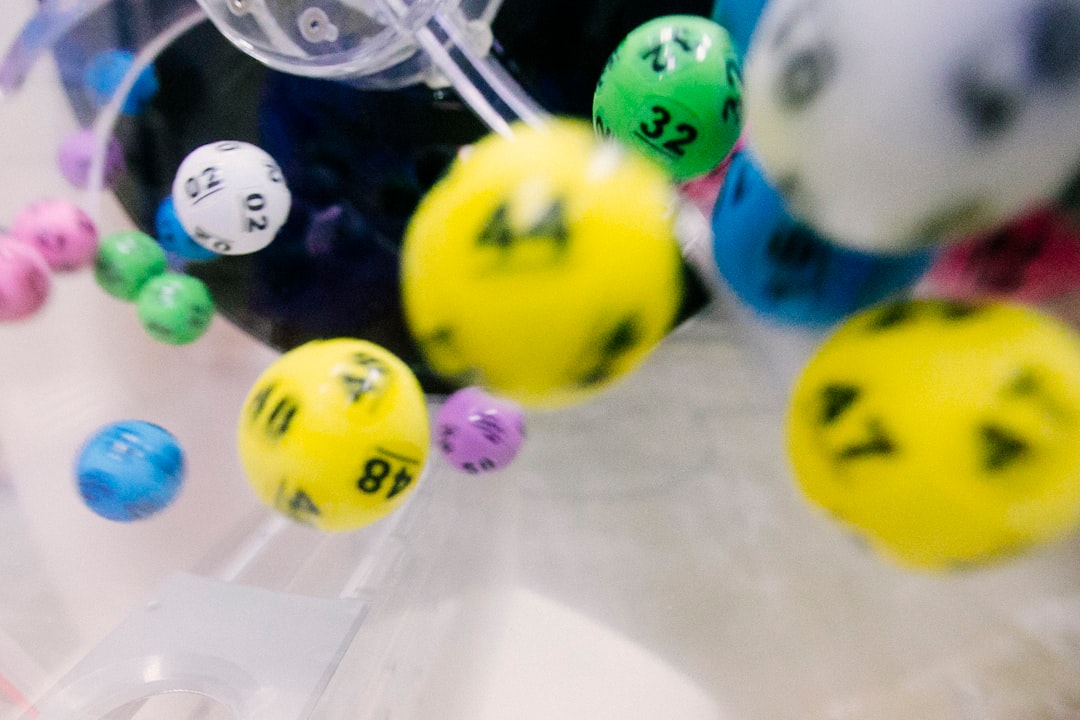What is it about?
The study presents the development of photocontrollable mononegaviruses, specifically measles and rabies viruses, by integrating Magnet proteins into their viral polymerase. These proteins enable the control of the virus's replication and oncolytic activities through blue light illumination. This approach allows for precise spatial and temporal regulation of the virus, enhancing its potential use in gene therapy, regenerative medicine, and as an oncolytic vector for cancer treatment. The study successfully demonstrates the creation of recombinant viruses with controlled replication capabilities, highlighting the potential for safer and more targeted viral-based therapies.
Featured Image

Photo by National Institute of Allergy and Infectious Diseases on Unsplash
Why is it important?
Innovative Control Mechanism: It introduces a novel method to control the activity of mononegaviruses using light, specifically blue light. This level of control is significant because it allows for precise spatial and temporal regulation of the virus's gene expression and replication. Advancements in Gene Therapy and Regenerative Medicine: The ability to control viral activity with light enhances the potential of mononegaviruses as tools in gene therapy and regenerative medicine. By ensuring that viral vectors only activate in specific locations or at certain times, it reduces potential side effects and increases the safety and efficacy of treatments. Cancer Treatment Potential: The study highlights the use of these photocontrollable viruses as oncolytic vectors, which are viruses that selectively infect and kill cancer cells. This approach can lead to targeted cancer therapies that minimize damage to normal, healthy cells, improving treatment outcomes. Research and Diagnostic Applications: Beyond therapy, this controlled viral system can be used in research settings to study viral infections, gene function, and cell biology. It also has potential in tracing neural circuits, which can benefit neuroscience research and the understanding of neurological diseases. Reduced Risk of Adverse Effects: By controlling when and where the virus replicates, there is a lower risk of the virus causing unintended harm. This control mechanism could lead to safer viral-based therapies and increase their acceptability and use in clinical settings. Overall, the study represents a significant step forward in the field of virology and biomedical research, offering new tools and methodologies that could lead to improved treatments for a range of diseases, including cancer.
Perspectives
Clinical Applications: One of the most immediate perspectives is the potential for clinical applications, particularly in treating cancer and genetic disorders. The ability to control viral activity with light allows for targeted therapy, reducing harm to healthy cells and potentially increasing treatment efficacy. Regenerative Medicine: In the field of regenerative medicine, these photocontrollable viruses could be used to deliver genes or modify cells in a controlled manner, aiding in tissue regeneration and repair. This could be particularly useful in developing therapies for conditions where precise tissue regeneration is necessary. Research Tool Enhancement: The study offers a novel tool for researchers to control gene expression in vivo and in vitro. This can be incredibly valuable in basic biological research, allowing scientists to study gene function and cellular processes with high precision and temporal resolution. Neuroscience Advancements: Given the successful application to rabies virus, which is used in tracing neural circuits, this technology could revolutionize neuroscience research, enabling more detailed and controlled studies of brain function and connectivity. Biosecurity and Ethics: The study also opens discussions on biosecurity and ethical considerations, as the control over viral replication could be misused. It necessitates the development of strict protocols and ethical guidelines to ensure that the use of such technology is safe and beneficial. Technological Evolution: Finally, this research could spur further technological advancements, leading to the development of even more sophisticated systems for controlling biological processes, potentially integrating with other technologies like optogenetics, to provide multi-layered control mechanisms. In summary, the perspectives of this study extend into improving therapeutic strategies, enhancing research tools, advancing neurological understanding, and necessitating discussions on ethics and biosecurity, all of which could significantly influence future scientific and medical practices.
Dr Makoto Takeda
Department of Microbiology, The University of Tokyo
Read the Original
This page is a summary of: Photocontrollable mononegaviruses, Proceedings of the National Academy of Sciences, May 2019, Proceedings of the National Academy of Sciences,
DOI: 10.1073/pnas.1906531116.
You can read the full text:
Contributors
The following have contributed to this page










